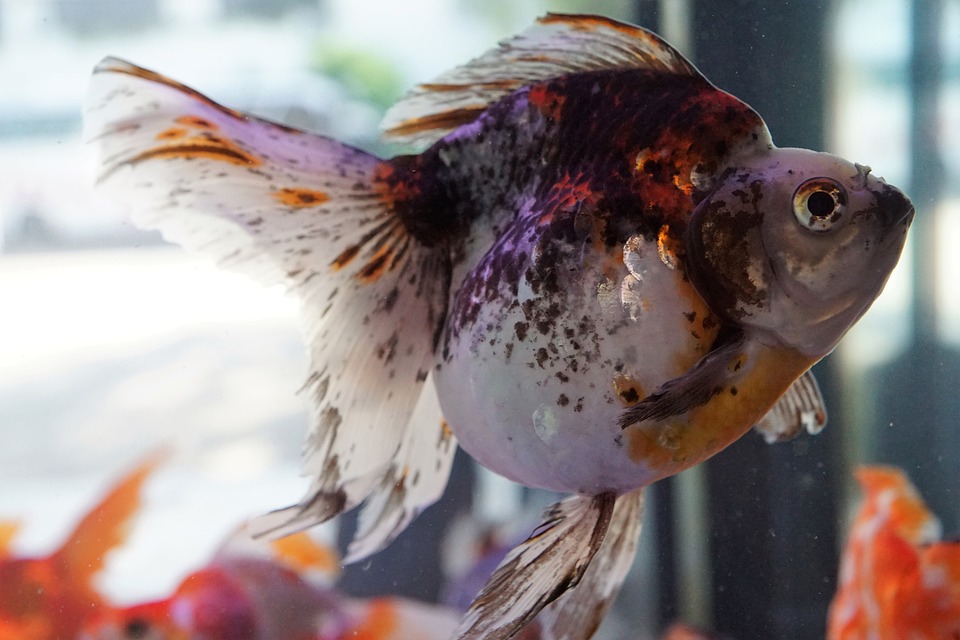Overall, fish are not as solitary as they may seem. They engage in a wide range of social behaviors, and their tank mates have a significant impact on their behavior. Tank mates influence feeding habits, reproductive behavior, stress levels, and more. Many fish species exhibit schooling or shoaling behavior, which provides advantages such as protection against predators and improved chances of reproduction. Tank mates also play a role in the formation of dominance hierarchies, mimicry, and social learning.
When considering different fish species living together in the same tank, it is crucial to consider their compatibility in terms of tank size, water parameters, and aggression levels. Researching the specific needs and behaviors of each species is essential for creating a harmonious tank environment. To promote positive social interactions among fish, provide an adequately sized tank with appropriate hiding places and territories. A balanced diet, proper water quality, and monitoring tank mates’ compatibility are also important.
Identifying aggression among tank mates is crucial to address any issues promptly. Aggression can manifest in various ways, such as chasing, fin nipping, body slamming, or territorial disputes. Signs of stress or distress, such as decreased appetite or unusual hiding behavior, may also indicate aggression or social conflict.
Certain fish species are known to be more aggressive or territorial, making them less suitable for community tanks. It is important to research and understand the specific behaviors and requirements of the fish you intend to keep to avoid potential compatibility issues.
In conclusion, fish social interactions are complex and fascinating. Understanding how tank mates influence behavior can help fish enthusiasts create a harmonious and enriching environment for their aquatic companions. By considering compatibility, promoting positive social interactions, and addressing aggression promptly, fish owners can ensure the well-being of their tank mates.









